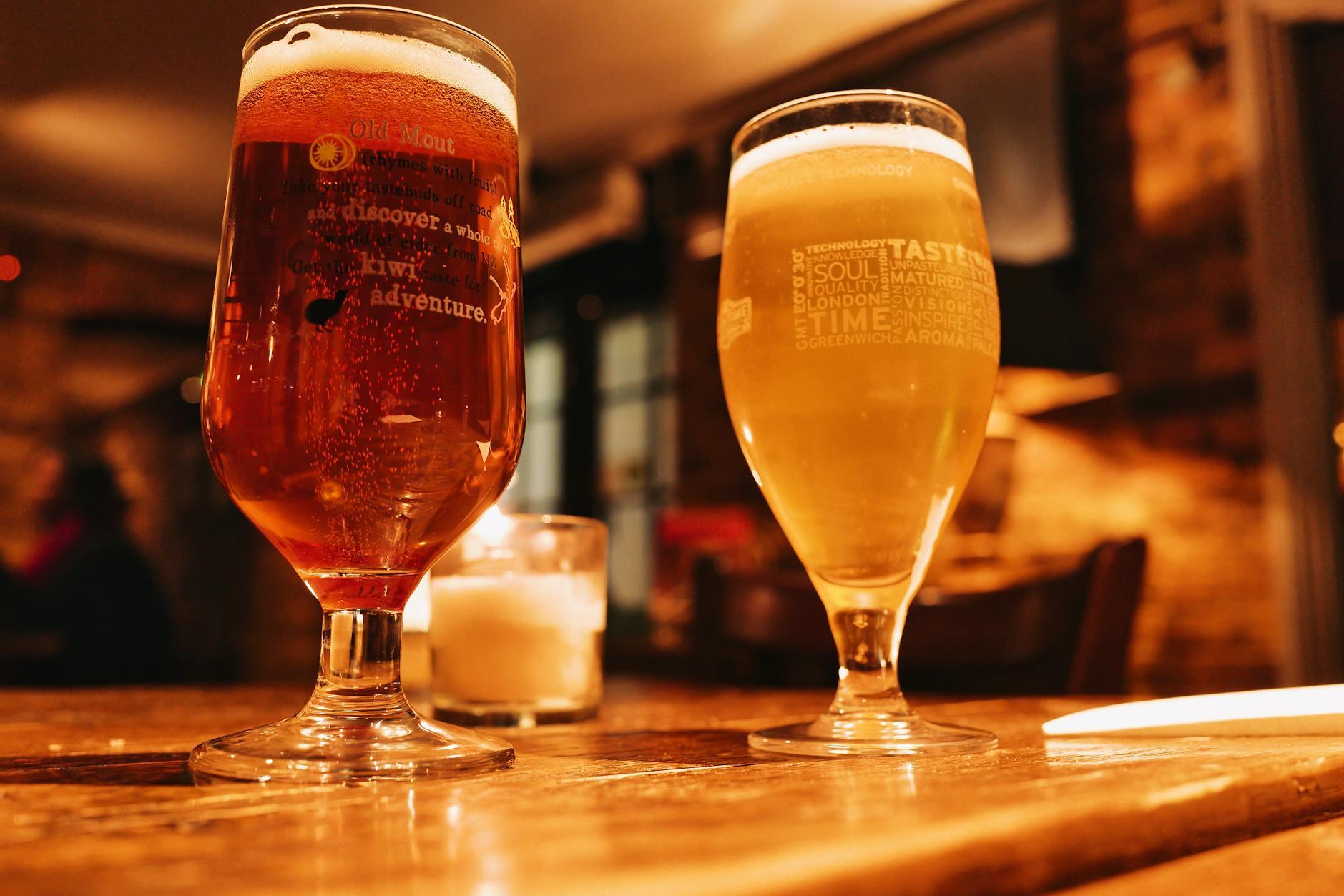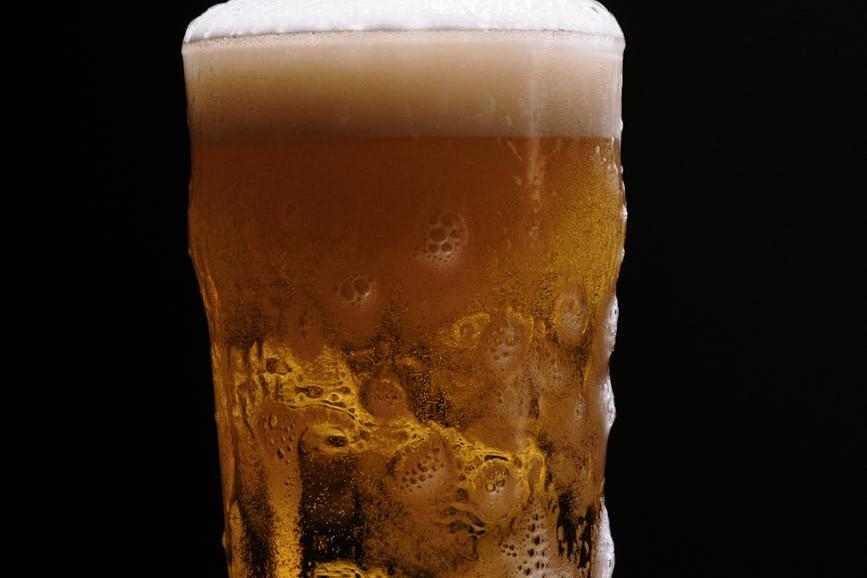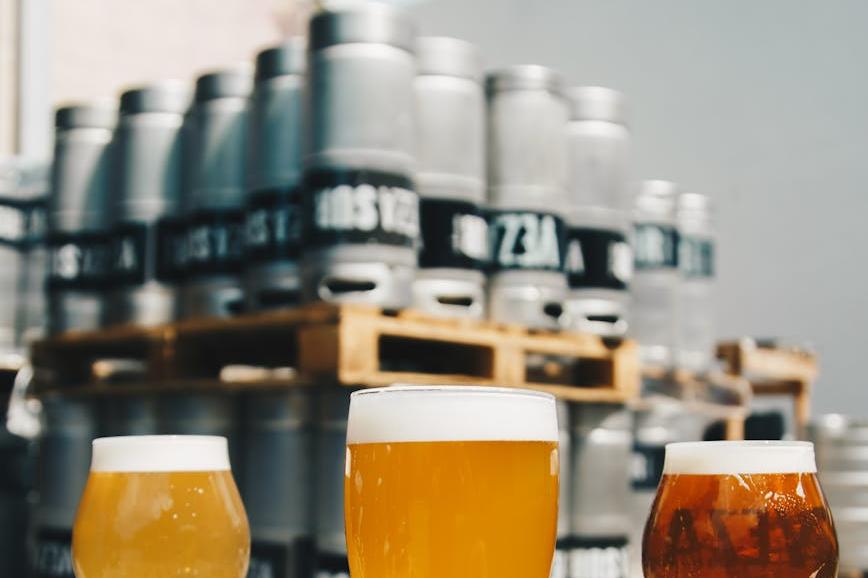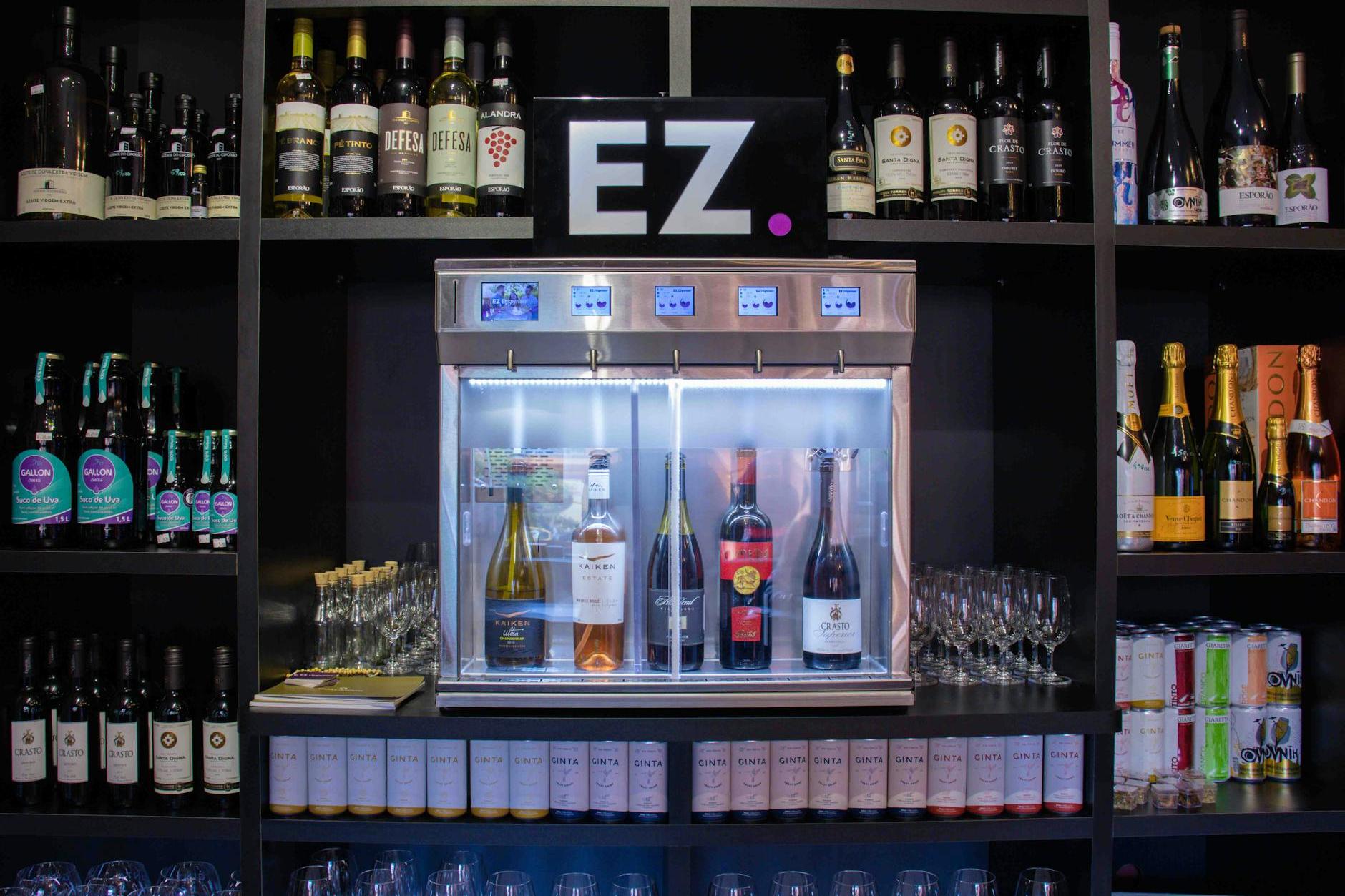- Shanghai Zhongshen International Trade Co., Ltd. - Two decades of trade agency expertise.
- Service Hotline: 139 1787 2118
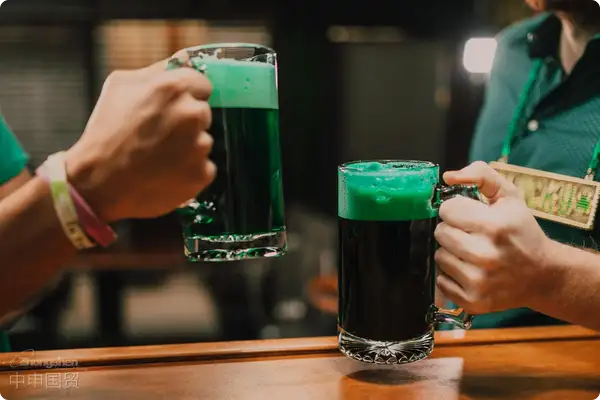
Contents
ToggleWhen Craft Beer Meets Customs Declaration: A Guide to Import Qualification and Clearance
Last week, a client came to me with samples of German beer and immediately wanted to order three containers. But when I asked about their qualifications—turns out their food business license had expired three years ago, and they hadn’t even completed the import food filing. The scene was like a novice driver trying to hit the highway without a license—it made my temples throb. Today, let’s break down the qualification requirements for beer imports. We want to seize business opportunities while staying firmly within compliance boundaries.
1. Qualification certificates are your "passport."
- Food Business License:Don't be fooled by the name! The business scope must include "alcoholic beverages," and some regions also require separate licensing.Alcohol business license
- Registration of Imported Food:The "electronic ID card" in the General Administration of Customs system will be newly added starting from 2025.Online Verification of Certificate of Sanitary OriginFunction
- Business License Easter Egg:The registered capital is recommended to start from 500,000, and the business scope should include "goods".import and exportThe phrase "”"
II. The Devil in the Details of the Application Materials
Last year, a certain importer was penalized due to missing Chinese labels.Alcohol content labeling unit, a batch of beer worth 800,000 yuan was returned in its entirety. Have you paid attention to these declaration details?
| Material Name | Common pitfalls | correct operation |
|---|---|---|
| It is recommended to verify through the following methods: | Manufacturer registration code not reflected | Request foreign manufacturers to provide GACC registration certification. |
| Test report | Missing plasticizer test item | Refer to the latest standard GB 5009.271. |
III. The "Traffic Light" in the Customs Clearance Process
- Customs clearance ≠ all is well:A certain batch of Belgian beer in 2022 wasOn-site inspection revealed an excessive presence of yeast., released goods are still subject to recall.
- Tax payment guarantees conceal hidden complexities:Craft beer is often classified under different tax codes, and the deposit may vary by 12%.
- The life-or-death line of logistics timeliness:The temperature records of the constant-temperature container are discontinuous, which may lead to the entire container of products being judged as spoiled.
IV. Practical Pitfall Avoidance Guide
A real case I handled for a craft beer bar: Their imported IPA beer from the U.S. was...Not labeled "contains gluten-containing grain products"Intercepted by customs. The solution is actually quite simple—just add allergen warnings to the Chinese labels in advance. This small change prevented a loss of 200,000 yuan.
Special Scenario Response Strategies
- Trial sale in small batches:GoCross-border E-commerceThe passage may be more cost-effective.
- Expired product handling:Filing with the market regulatory authorities in advance can reduce the risk of penalties.
- Craft Beer Customization:Formula changes must be re-submitted for approval.Registration of Imported Food Additives
Here’s the key takeaway for everyone: Customs will fully implement the changes by 2025.Intelligent Supervision System for Imported FoodThe digitization rate of qualification documents must reach over 90%. Now, log in to the "Single Window for International Trade" to perform data migration and seize the opportunity to enjoy the fast-track customs clearance channel. Remember, compliance is not a cost but the best commercial insurance.
Related Recommendations
Category case
Get in Touch
Email: service@sh-zhongshen.com
Related Recommendations
Contact via WeChat

? 2025. All Rights Reserved. Shanghai ICP No. 2023007705-2  PSB Record: Shanghai No.31011502009912
PSB Record: Shanghai No.31011502009912
